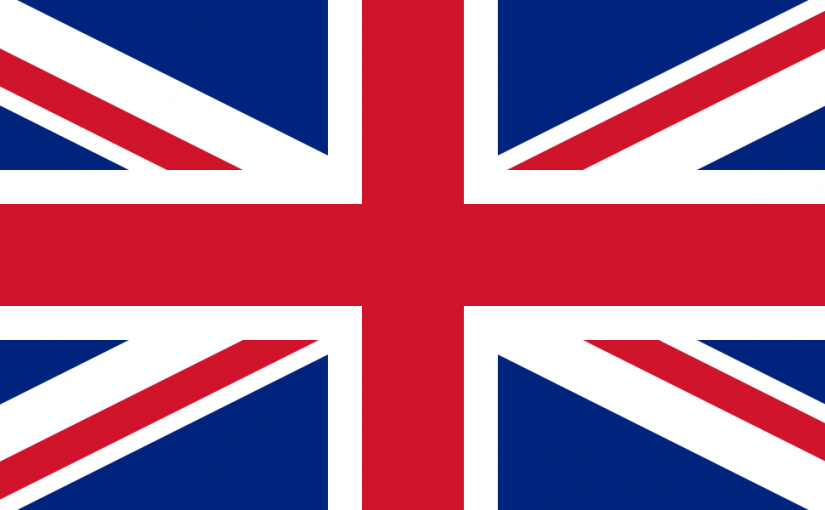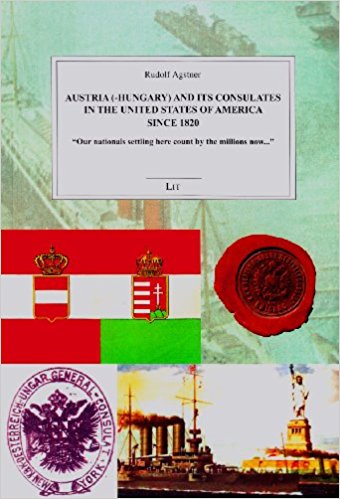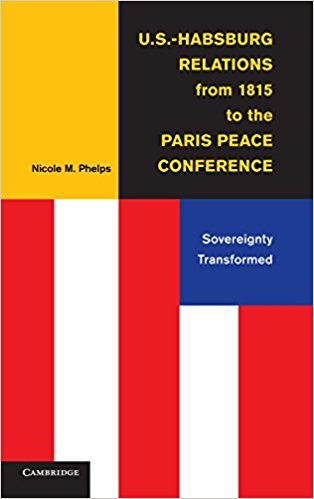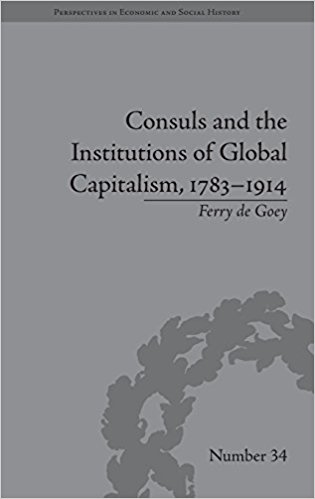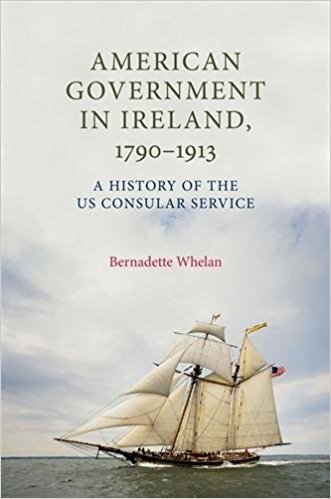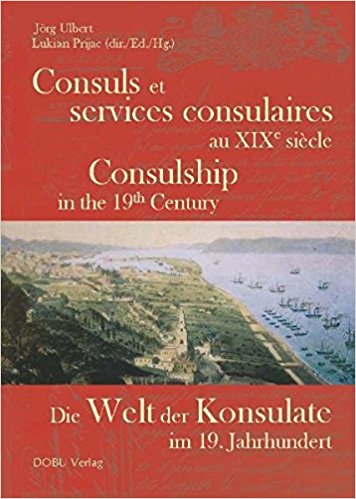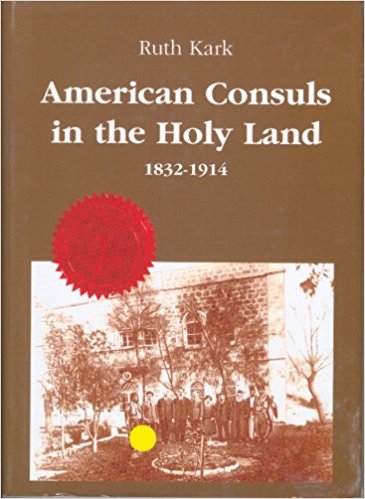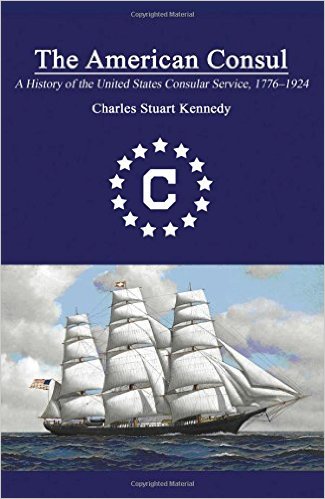Rudolf Agstner, an Austrian foreign service officer, wrote dozens of books and articles about aspects of the Habsburg consular service in various parts of the world. His work is a good source of specific details about the location of posts and who occupied them.
A few of his publications:
Rudolf Agstner, Austria (-Hungary) and Its Consulates in the United States of America since 1820: “Our Nationals Settling Here Count by the Millions Now’’ (Zürich: LIT Verlag, 2012).
Rudolf Agstner, “From Apalachicola to Wilkes-Barre: Austria(-Hungary) and Its Consulates in the United States of America, 1820-1917,” Austrian History Yearbook 37 (2006): 163–80.
Rudolf Agstner, From Halifax to Vancouver: Austria (-Hungary) and Her Consular and Diplomatic Presence in Canada, 1855-2005 (Vienna: Institut für Strategie und Sicherheitspolitik, 2005).
Rudolf Agstner, “Austria (-Hungary) and Her Consulates South of the Rio Grande (1828-1918): A Survey,” in Transatlantic Relations: Austria and Latin America in the 19th and 20th Centuries, ed. Klaus Eisterer and Günter Bischof, Transatlantica 1 (Innsbruck: StudienVerlag, 2006), 85–120.
